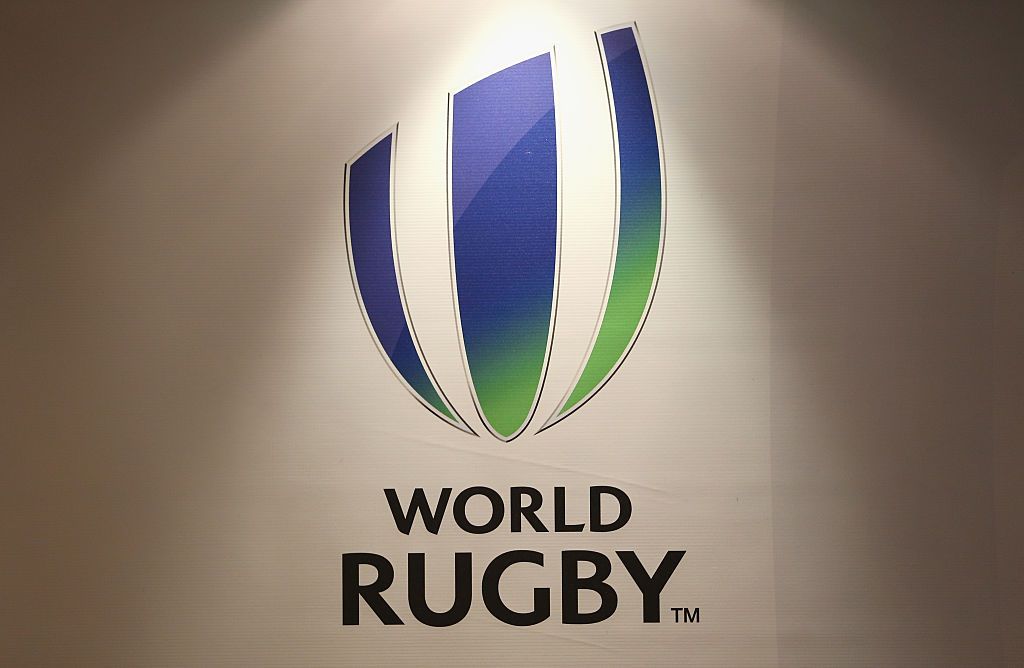
19 October 2024

As the Rugby Football Union celebrates its 150th year, we examine six influential governing bodies and their roles in the history and development of Rugby Union since 1871.
Part 3 - World Rugby

DUBLIN, IRELAND - MAY 11: The World Rugby logo is pictured during a media conference to introduce the new World Rugby Chairman and Vice-Chairman on May 11, 2016 in Dublin, Ireland. (Photo by Andrew Redington/Getty Images)
The establishment of an International Rugby Football Board (IRFB) was agreed on in 1886 by representatives of Scotland, Wales and Ireland. The catalyst for the development had been an on-field dispute between England and Scotland.
In 1884, a late try by Richard Kindersley had allowed England to take the lead in a match that would deliver them the Calcutta Cup, Triple Crown and Championship. The Scottish players, however, believed that a knock-on by their own player in the move that lead to the try meant that it should not stand.
After the match, Scotland appealed to the RFU, who backed the decision of Irish referee George Scriven. Unsatisfied with this, Scotland refused to play England the following season and appealed to both Ireland and Wales to inaugurate on independent body to settle such matters. The IRFB was the result.
The RFU initially refused to recognise the rival body and England subsequently found herself without Home Nation fixtures for the 1888 and 1889 seasons. The situation was eventually resolved in 1890, when the RFU accepted the primacy of the board in exchange for 6 seats on its 12-man executive body.
Disputed try aside, the board's existence derived from a lack of early clarity over the purpose of the RFU after 1871. If the RFU was truly a global body, then it follows that and English Rugby Football Union ought to be subsidiary to it alongside the SRU. That such a body never came into being highlights a conflict of purpose for an organisation that had, from the very beginning, taken responsibility for the English national team.
The IRFB was later expanded with the addition of South Africa, New Zealand and Australia in 1948 and France in 1978. Renamed World Rugby in 2014, it now represents 102 member unions.
Ostensibly a law-making body, the organisation derived new purpose in 1987 with the launch of Rugby Union's first Rugby World Cup. In the professional age, the tournament has grown into the third largest sporting event in the world. The return from this has allowed World Rugby to invest in the development of rugby in multiple settings all over the world.
See also:
Part 1- The Rugby Football Union
Part 2- The Scottish Rugby Union
Visit our website, book your visit and follow us on Facebook, Twitter and Instagram.